I think the time when we appreciate cinnamon the most is winter. There are few who have not warmed up in winter, at home, in the mountains or at Christmas markets, with a cup of mulled wine smelling of cinnamon. And I think even fewer still do not recognize and appreciate it in apple pie, gingerbread, snails in a cochino crust or other cakes. But what is cinnamon and what can it have to do with wood? These and other questions I set out to answer below.
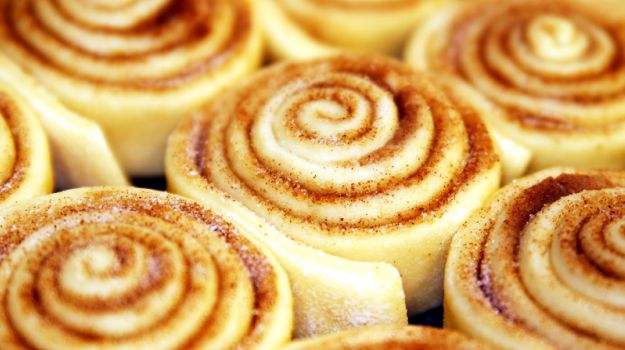
Cinnamon is a spice. It is used both in cakes and for seasoning meat and other dishes. It is also used with great benefits in herbal medicine.
The name cinnamon says exactly what it is - tree bark. Basically, cinnamon is the inner bark of trees of the genus Cinnamomum. There are many species in this genus, according to some sources, more than 100, but only 2 are the ones whose bark is consumed. These are Cinnamom zeylaticum or Ceylon cinnamon, found in India, Sri Lanka, Madagascar, the Caribbean and Brazil, and Cinnamomum aromaticum or Chinese cinnamon, native to China, Indonesia and Vietnam. Both have the same specific flavor, but Ceylon cinnamon, also known as true cinnamon, is more subtle and refined. Chinese cinnamon is cheaper.
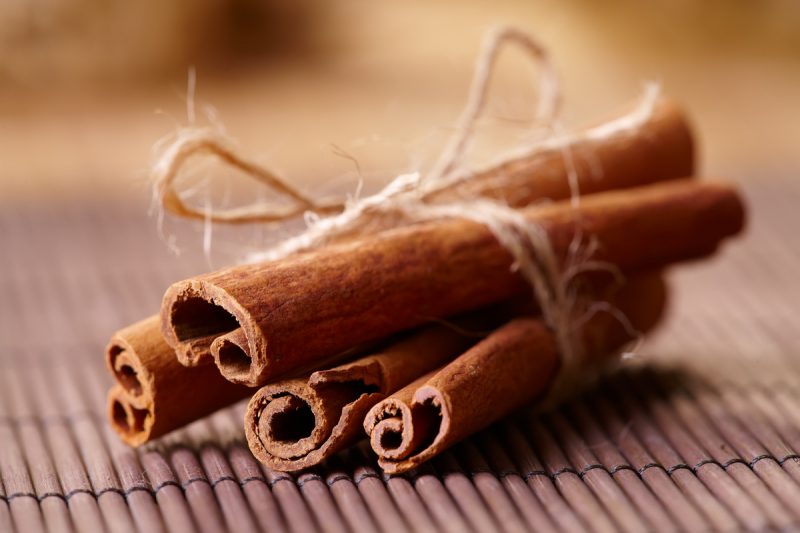
For harvesting, the young shoots are left to grow for 2-3 years, after which they are cut right at ground level. New shoots grow from the remaining root, which are then left for 2-3 years and pruned again. The cut shoots are cleaned of the outer bark and then beaten on the ground until the cinnamon pieces, in the form of rolls, fall off.
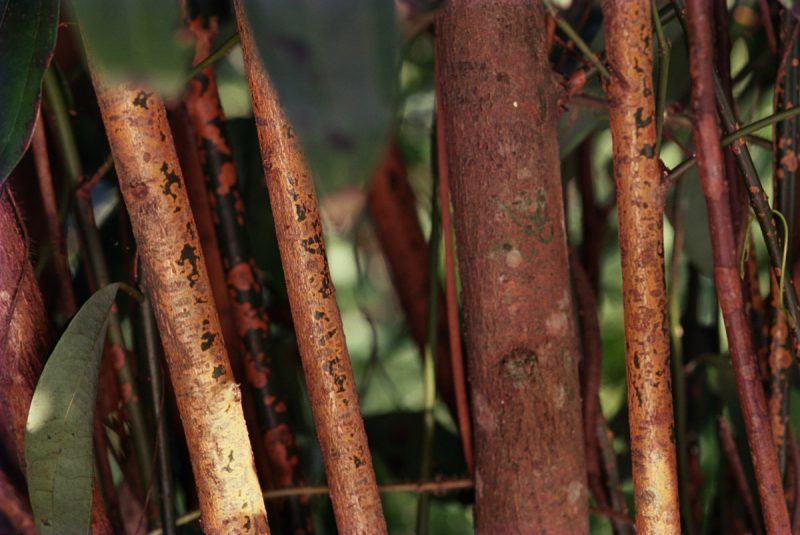
After harvesting, cinnamon should be dried immediately in a warm, ventilated environment. If the space is not well ventilated, insects can attack the cinnamon and to get rid of them it will have to be smoked, which reduces its value. This is the traditional harvesting process. Modern harvesting and drying devices are now used.

Cinnamon and its nutritional and therapeutic properties have been known since ancient times. It appeared in Chinese herbal texts as early as 2700 years before our era and is also mentioned in biblical texts. The Egyptians used it for embalming and the Romans considered it a very expensive spice, sometimes more expensive than gold. In Europe in the Middle Ages, it was unknown where cinnamon grew and where it was brought from. It was practically the monopoly of Venetian merchants. With the emergence of other maritime powers, the sources of spices were found and the mystery began to disappear.
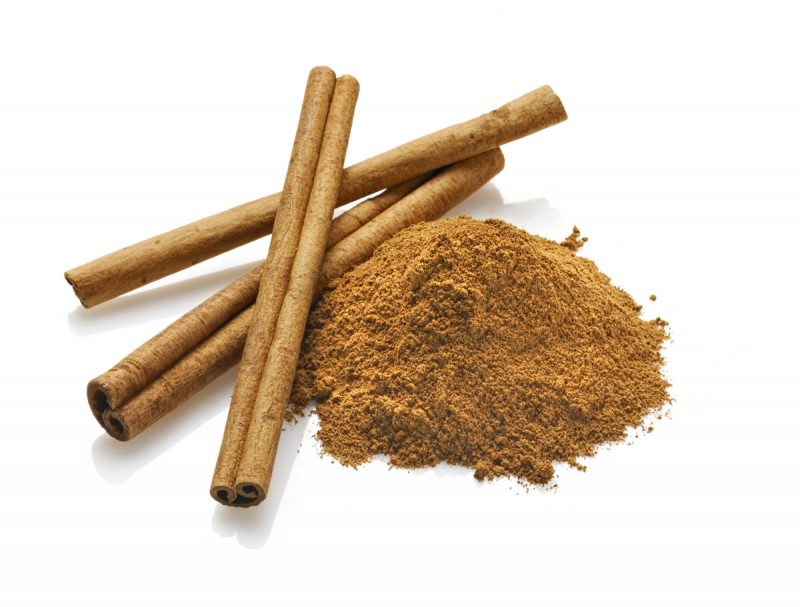
As I said, the special properties of cinnamon have been appreciated since ancient times. The Bible says that Moses commanded the children of Israel to use oils in which cinnamon had been put to anoint their bodies and thus protect them from disease. The antibacterial, antifungal and antiviral properties of cinnamon are now proven. It also has soothing and antiseptic properties. Cinnamon oil acts as an anti-inflammatory agent and has antimicrobial properties and can be used as a food preservative.
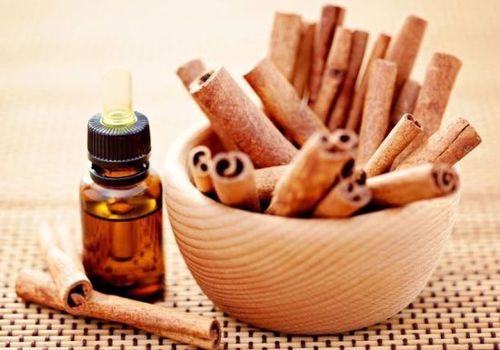
Cinnamon can control blood sugar levels and is used to improve insulin response for patients with diabetes. It is used in aromatherapy because it improves brain function. In combination with ginger it can be used to combat colds.
As a spice, cinnamon is used in recipes for both cakes and various dishes. It is known and appreciated in combination with meat in Arabic dishes. It is mainly used ground, in powdered form, but is sometimes also used in the preparation in the form of shavings or even as a tube.
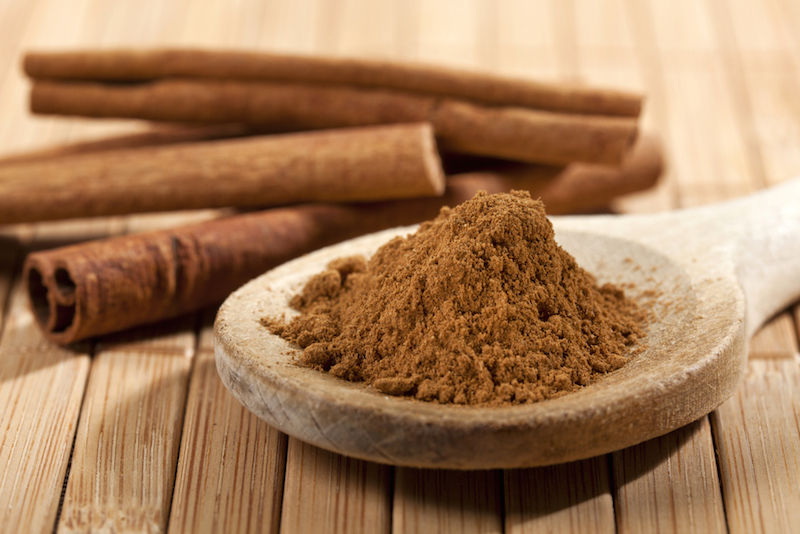
In tube form it can be used to make various home decorations, especially those for Christmas. They brighten up but also flavor the festive holiday atmosphere.

As you can see, we have plenty of reasons to use this wonderful bark. Don't ignore it, because it can do you a lot of good. I'll start with a cup of mulled wine with cinnamon. Just as a precaution against catching a cold. Which is my advice to you. 🙂
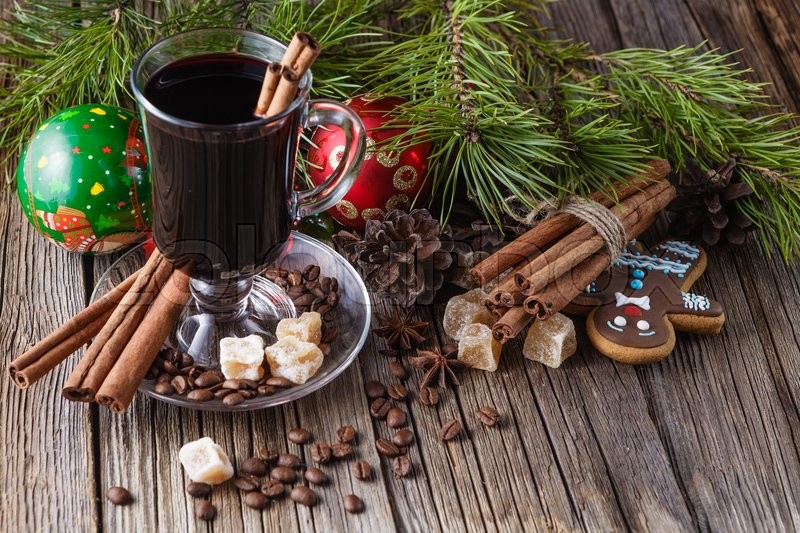































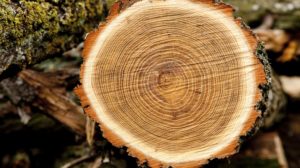
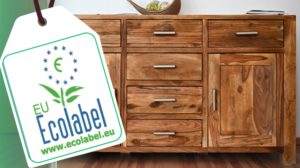



Add comment